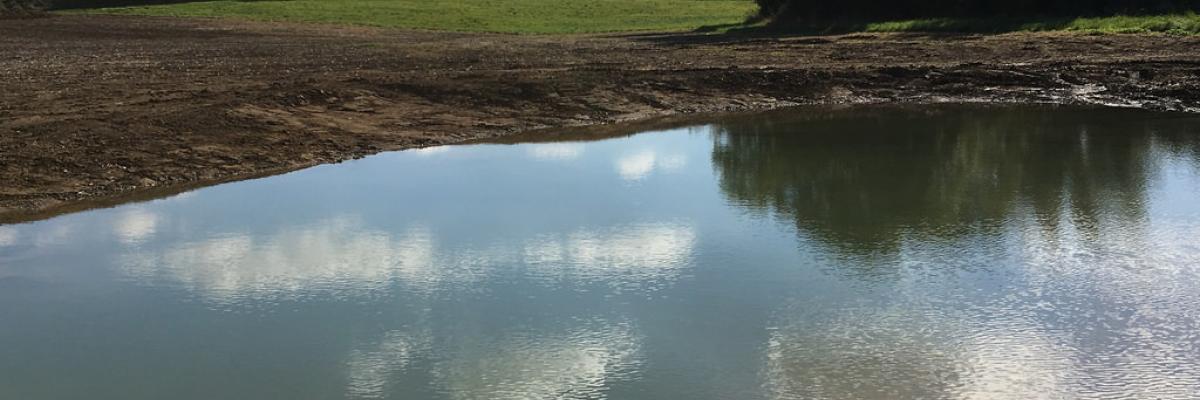
Diffuse water pollution, GHGs and ammonia emissions
View the website
Reducing water pollution, greenhouse gases (GHGs), ammonia emissions and conserving nitrogen is hugely beneficial for your farm efficiency, ecosystems, and human health. This SWARM Hub webpage provides an online tool to help you identify different management options available to you to help reduce pollution and GHGs on your farm. Based on an extensive guide produced by Rothamsted Research and ADAS, the SWARM Hub worked with Rothamsted Research to break it down into a more user-friendly format. There is guidance on how to use the information and links that take you to the different farming sectors; dairy, upland grazing, lowland grazing, mixed farming, combinable crops, combinable roots, indoor pigs, outdoor pigs, poultry and horticulture. After selecting your farming sector, you can look at short, medium and long term management options; under the categories of land use change, soil management, crop and livestock breeding, fertiliser management, livestock management, manure management and infrastructure.
- For each potential management option, you can find out why it is important, how you could implement it, what effects could be expected from implementing it, and an estimation of costs involved (as of 2011, when the guide was published). Generally, changes to management in crop and livestock breeding and land use are only possible as longer term options.
- Of the short term management options, you could consider actions such as:
- Cultivating and loosening compacted soils and cultivating and drilling across gentle or moderate slopes;
- maintaining and improving field drainage systems;
- making sure your fertiliser spreader is calibrated, using a fertiliser recommendation system to plan fertiliser applications, and applying it at low risk times;
- reducing livestock stocking rates in fields when soils are wet;
- regularly repositioning livestock feeders;
- siting manure heaps away from water courses and field drains;
- covering manure and slurry stores;
- calibrating manure spreaders and ensuring manure and slurry are only spread at low risk times;
- storing fresh manure in separate batches for at least 90 days before spreading;
- and re-siting gateways so that they are not positioned at the bottom of slopes or close to water courses.

